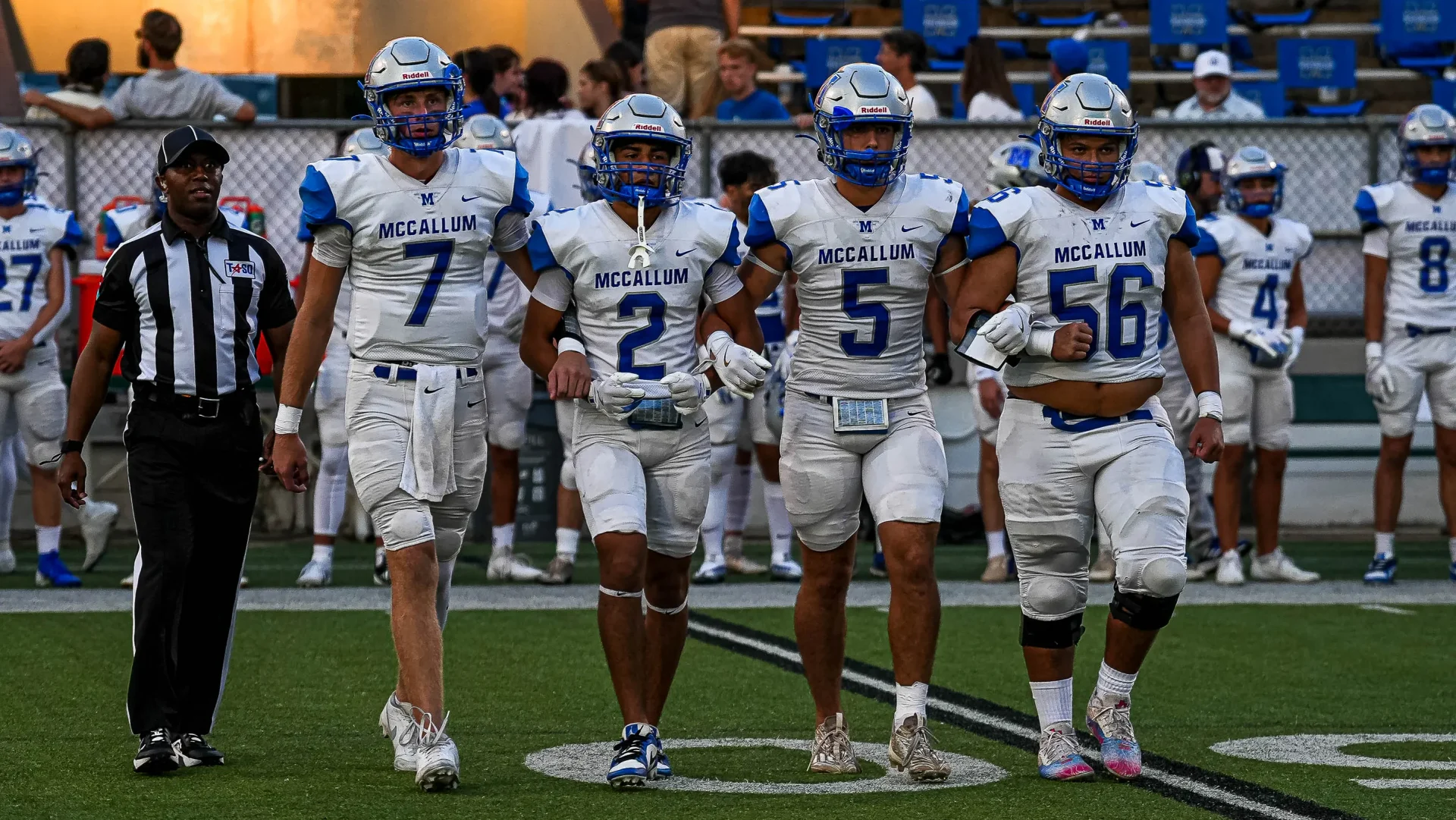Ever seen a high school football scoreboard reading 56-0 in the third quarter? Talk about awkward. That’s precisely why mercy rules exist – to keep Friday night lights from turning into Friday night nightmares.
Is There a Mercy Rule in High School Football? How It Works and When It’s Used
When games get ridiculously lopsided, most states step in with what they call a “mercy rule” (or sometimes the less gentle “slaughter rule”). It’s not just about hurt feelings, though nobody wants to see teenagers demoralized on the field. It’s about safety, sportsmanship, and making sure everyone walks away still loving the game.

High School Football Mercy Rule Explained
Here’s how it typically works: Once a team goes up by about 35 points in the second half, something changes. In most places, the clock suddenly stops taking breaks. It just keeps running – through incomplete passes, penalties, out-of-bounds plays, even touchdowns. The only things that pause it are timeouts, injuries, or the end of a quarter.
104-0 FINAL score in a HS PLAYOFF game is CRAZY! 🤯
FULL STORY 👇
✍️: https://t.co/fXq30Vangy pic.twitter.com/oPhrsoSwnh
— MaxPreps (@MaxPreps) November 11, 2023
This “running clock” might not sound dramatic, but it can turn a potential three-hour beatdown into a much quicker conclusion. Everyone gets home earlier, with fewer injuries and a bit more dignity intact.
Some states take it even further. Build a 50-point lead by halftime in certain places, and officials might just call the game right there. “Thanks for coming, everybody. Drive safely!”
The rules vary wildly depending on where you’re playing:
- 34 states use some version of the running clock rule
- Louisiana waits until a 42-point gap (apparently, those extra 7 points matter!)
- In Colorado, Georgia, Kansas, and Louisiana, once that clock starts running, it keeps running even if the score tightens up
- Most state athletic associations ditch these rules for playoffs and championships
Why Mercy Rules Matter in High School Sports
Beyond the obvious (nobody enjoys watching complete domination for four quarters), mercy rules address real concerns. Players who are exhausted and frustrated tend to get hurt more often. Desperate teams take risks they shouldn’t. And let’s be honest – nobody’s learning much from that 75th point.
Schools that ignore these rules can face serious consequences, from playoff bans to formal sanctions. Connecticut once suspended coaches whose teams won by too many points (they’ve since chilled out and adopted the running clock approach).
KEEP READING: What Are the High School Football Overtime Rules?
At the end of the day, high school football exists to teach teamwork, perseverance, and character, not how to utterly destroy the spirit of the team across town. The mercy rule helps keep that perspective in focus, even when the scoreboard gets a little ridiculous.
College Sports Network has you covered with the latest news, analysis, insights, and trending stories in college football, men’s college basketball, women’s college basketball, and college baseball!

